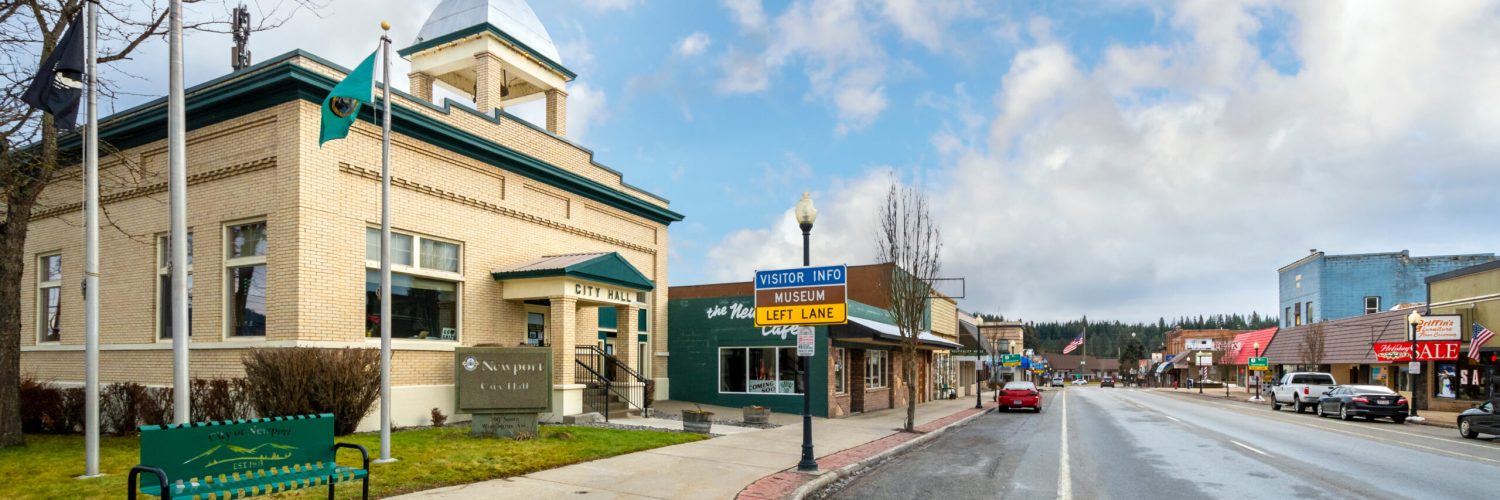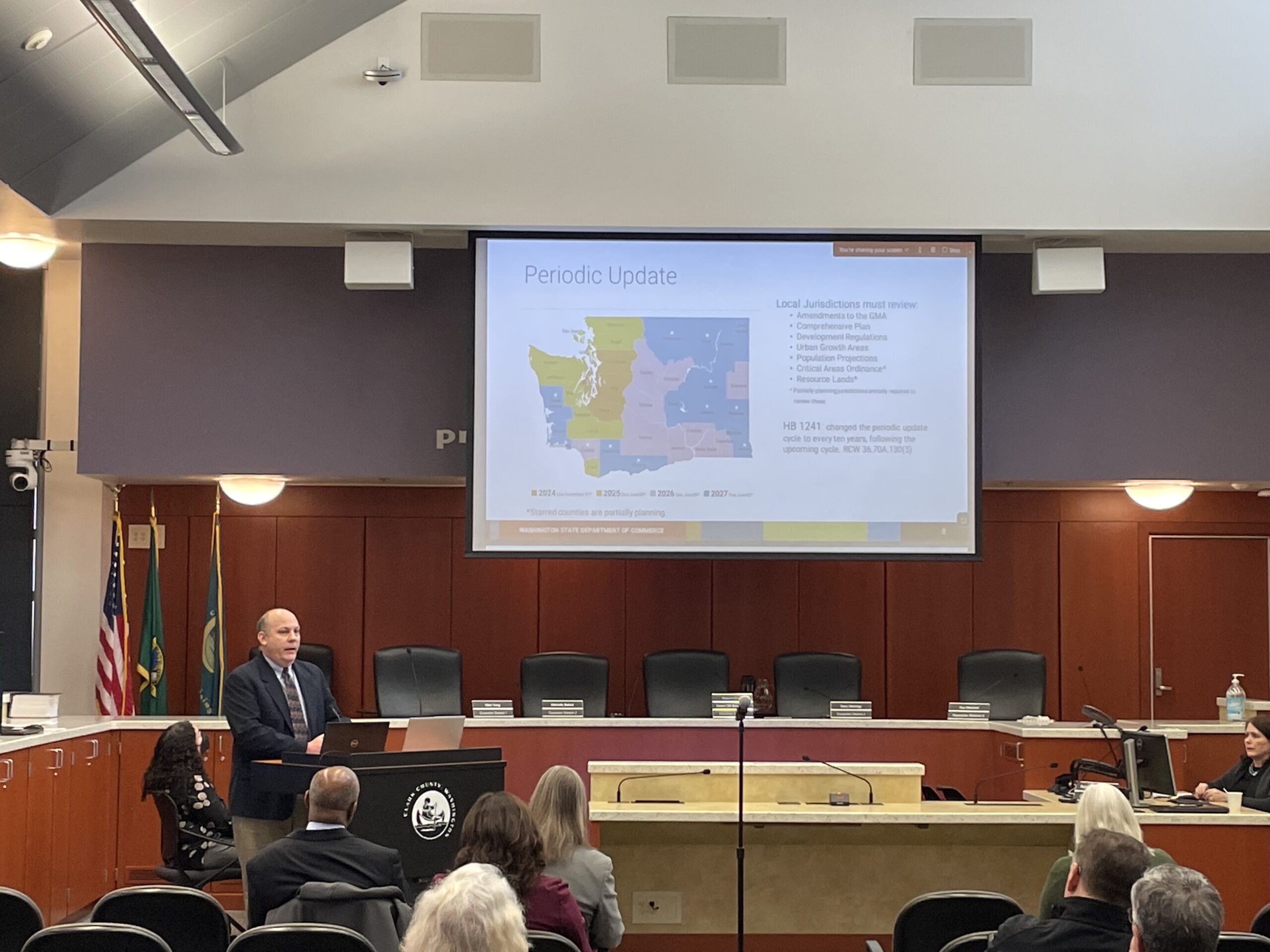Local Government Portal
Commerce is the one agency in state government built to understand and support the diverse needs of local leaders across all levels of local government. From broadband, water and sewer systems, and other public infrastructure to planning for sustainable growth, and economic development, our people and programs are at your side. This page outlines funding programs, training, and technical assistance services to help your community grow. View the funding opportunities that Commerce has open right now.


Funding programs and resources
Need funding for your project? Commerce offers a variety of grant and loan funding to strengthen your community.
- Behavioral Health Facilities (BHF)
- Bond Cap Allocation program
- Brownfields Revolving Loan Fund
- Building Communities Fund (BCF)
- Building for the Arts (BFA)
- Community Development Block Grants (CDBG)
- Defense Community Compatibility Account (DCCA)
- Early Learning Facilities Program (ELF)
- Library Capital Improvement Program (LCIP)
- Youth Recreational Facilities (YRF)

Education, training and technical assistance
Not sure where to start? Review the training and technical resources we have available.
- Growth Management Planning Topics
- Climate Program guidance
- Governor’s Smart Communities Awards
- Growth Management Act (GMA) guidebooks and resources
- Growth Management Act (GMA) Laws and Rules
- Growth Management Act (GMA) Periodic Update resources
- Multi-Family Housing Property Tax Exemption Program (MFTE)
- Planning for Housing (Scroll to bottom of page)
- Regional Planner’s Forums
- Short Course on Local Planning
Supporting resources
- Infrastructure Assistance Coordinating Council (IACC)
- Municipal Research and Services Center (MRSC)
- Association of Washington Cities (AWC)
- Washington Association of County Officials (WACO)
- Washington State Association of Counties (WSAC)
- Washington Public Ports Association (WPPA)
- Washington Public Utility Districts Association (WPUDA)
- Washington Association of Sewer & Water Districts (WASWD)
